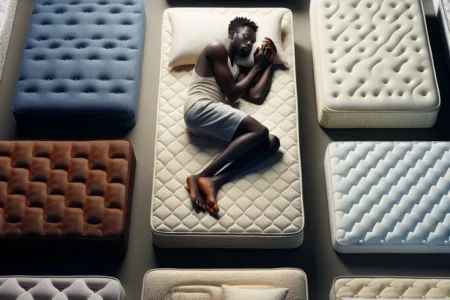In the comprehensive article about the benefits of spring mattresses, the author highlights the crucial role of improved spinal support and alignment for a restful sleep. By emphasizing the ability of spring mattresses to maintain natural spinal curvature and alleviate pressure points, the article underscores their potential to enhance overall posture and reduce aches and pains. Furthermore, the discussion delves into the enhanced durability and longevity of spring mattresses, emphasizing their ability to withstand constant pressure and maintain shape and firmness over time, making them a cost-effective investment in quality sleep. The article also explores the temperature regulation and airflow properties of spring mattresses, offering insights into their excellent ventilation and ability to create a cool and comfortable sleep environment. Overall, the comprehensive coverage of these key benefits serves as a compelling invitation for readers to explore the full details and make informed choices regarding their sleep and well-being.









